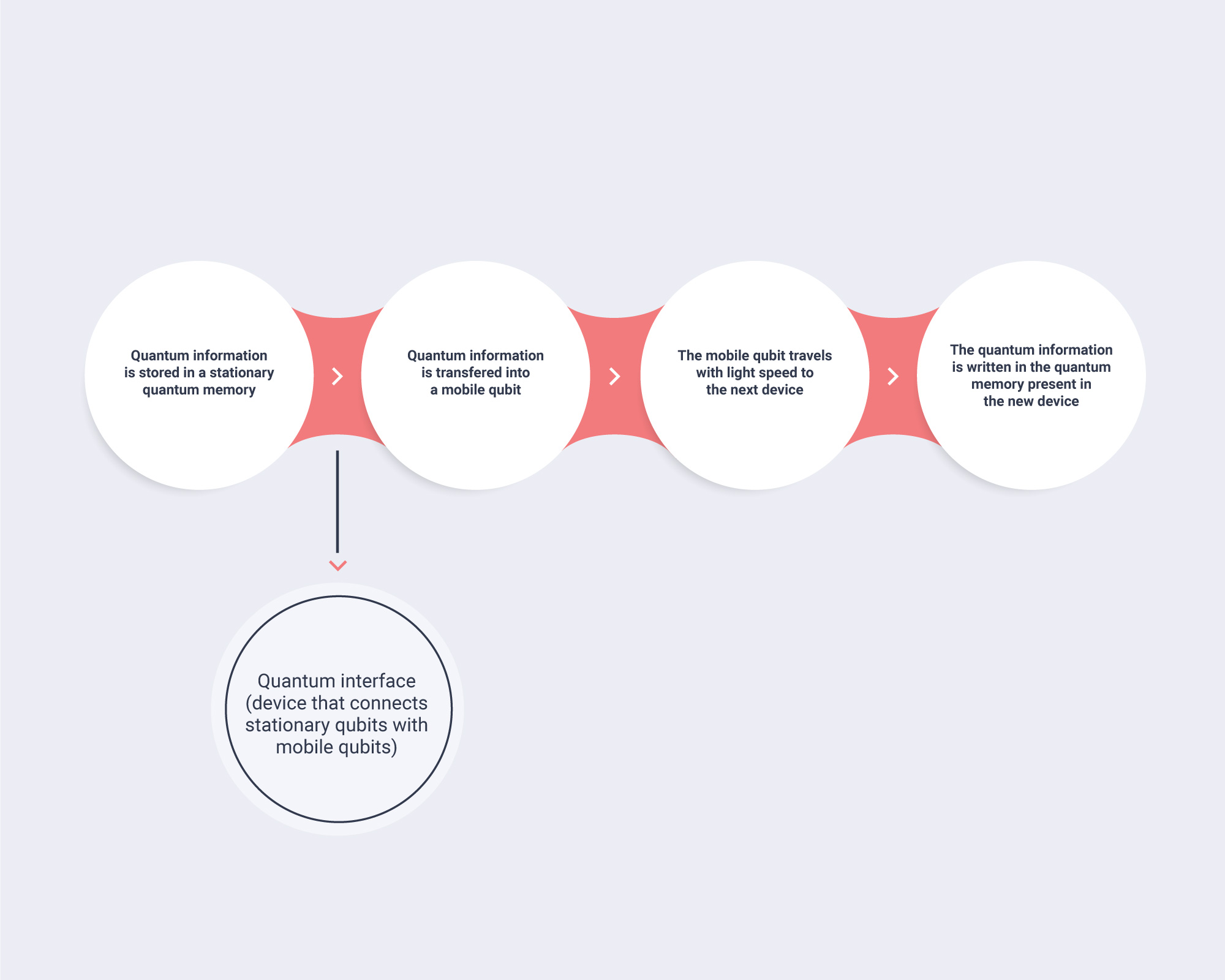The paradigm shift and the intensive study of quantum principles have not only laid the groundwork for the development of quantum computing, but have impacted other areas as well. Alberto Di Meglio, coordinator of the CERN quantum technology initiative, states that currently, quantum technologies cover four main overlapping areas: quantum computing, quantum sensing and metrology, quantum communication, and quantum theory, including simulation and information processing.

Quantum Computing
Quantum Computing
By making use of quantum phenomena such as superposition and entanglement, quantum computing aims to address the so-called “intractable” problems, which would take ordinary computers huge amounts of time to solve. Moreover, it is seen as both a threat and a solution when it comes to cryptography and data security. Due to the potential of breaking current encryption standards, it might force institutions and governments to change the way they protect their data. At the same time, it also provides ways to create secure, quantum-encrypted channels of communication that are unhackable even by quantum computers.
Quantum Sensing and Metrology
Quantum Sensing and Metrology
This particular area refers to “the use of a quantum system, quantum properties or quantum phenomena to perform a measurement of a physical quantity”12 such as magnetic and electric fields, rotations, time, frequency, temperature, pressure, etc. The applications of this quantum branch can already be seen in the field of magnetometers (magnetic field detectors) and atomic clocks. Future applications are expected in areas where high sensitivity and precision are needed (e.g., high-end devices, nanoscience, technology, ultrasensitive detectors, etc.). Here, quantum sensing has the potential to significantly increase measurement capability, precision, and sensitivity. Moreover, quantum sensing might also lead to the development of new measurement types. Unlike quantum computing, which currently needs to take place at temperatures close to absolute zero, high-performance sensing applications can deliver results even at room temperature13, as the Quantum Sensing Lab at the Department of Physics of University of Basel in Switzerland already proved in 2008.
Quantum Communication
Quantum Communication
The main aim of this quantum sector would be the transmission of encrypted information and the implementation of secure communication protocols.
A very large amount of information is currently sent around the world via fiber-optic cables. Due to their properties, qubits could store and transmit larger amounts of data14 compared to traditional networks.
Even though progress at this level is quite limited and quantum communication is highly dependent on the advancements in qubit technology, Fürnkranz (2020) proposes a structure in which a quantum internet could function:

Currently, research in the field of quantum communication is being conducted on multiple fronts: connecting qubits in complex circuits, connecting multiple quantum devices, or developing hybrid devices, where both quantum and classical effects are harnessed simultaneously.
Quantum theory, simulation and information processing
Quantum theory, simulation and information processing
This branch of quantum technology is the main area of study for many universities and other private or public institutions. It focuses on simulating, testing, and reproducing quantum behaviors and phenomena – either to advance the knowledge in this field or to test various theories before they are implemented in practice. This is currently done on traditional computers. Most of the envisioned applications and powerful algorithms have been conceived theoretically, and some of them have even been proven, but their implementation depends on advances in hardware and on the ability of engineers and scientists to develop a device that is capable of implementing these algorithms and obtaining the expected results.
A major field in this area is quantum simulation (also known as analog quantum computers). Programmed to model quantum systems, these simulators allow scientists to conduct experiments and then compare their results with those of a real quantum computer. This is a way of assessing metrics such as accuracy and performance.
All these fields are highly interconnected and sometimes overlap, with advances in one area strongly impacting the others.
References
[11] Alberto DiMeglio, “CERN and Quantum Technologies,” CERN Courier, September 25, 2020, sec. Computing, https://cerncourier.com/a/cern-and-quantum-technologies/.
[12] C. L. Degen, F. Reinhard, and P. Cappellaro, “Quantum Sensing,” Reviews of Modern Physics 89, no. 3 (July 25, 2017): 035002, https://doi.org/10.1103/RevModPhys.89.035002.
[13] J. M. Taylor et al., “High-Sensitivity Diamond Magnetometer with Nanoscale Resolution,” Nature Physics 4, no. 10 (October 2008): 810–16, https://doi.org/10.1038/nphys1075.
[14] Gösta Fürnkranz, The Quantum Internet: Ultrafast and Safe from Hackers (Springer International Publishing, 2020), https://doi.org/10.1007/978-3-030-42664-4.
